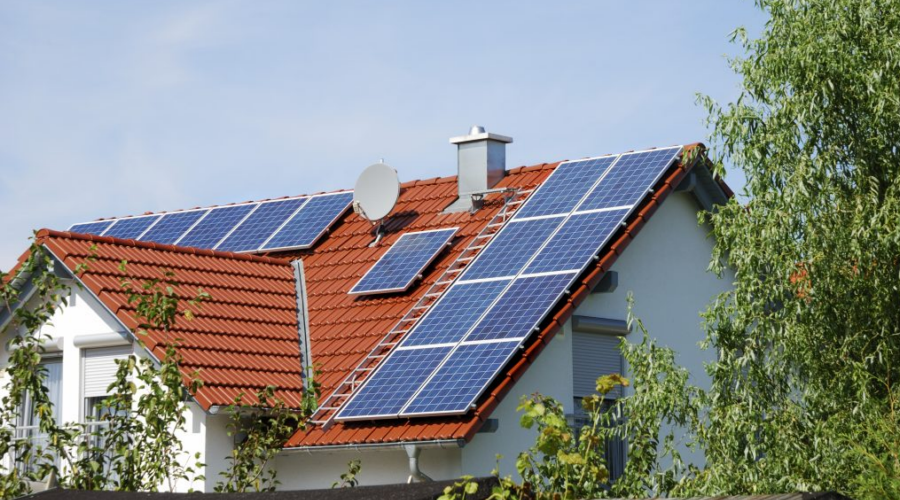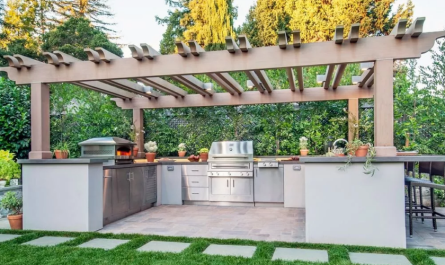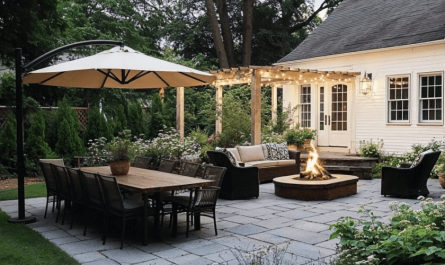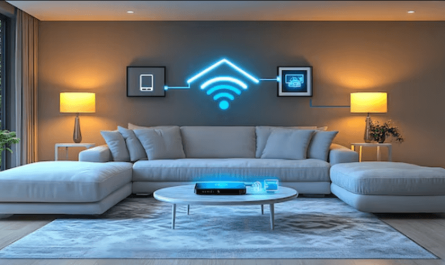One can save money and help the environment by reducing energy consumption at home. You may improve your home’s efficiency and reduce your utility expenses with a few simple renovations and behavioural changes. For a more economical and energy-efficient house, here are some of the best practices.
1. Seal and Insulate Your Home
A well-insulated home keeps heat in during winter and out during summer, reducing the need for heating and cooling. Check your attic, walls, and floors for proper insulation. Sealing cracks and gaps around doors, windows, and ducts also prevents air leaks, saving both energy and money.
2. Upgrade to Energy-Efficient Appliances
Older appliances consume more electricity. Replacing them with ENERGY STAR-certified models can lower energy usage significantly. Look for energy-efficient refrigerators, washing machines, and dishwashers. Though the initial investment may be higher, the long-term savings are worth it.
3. Switch to LED Lighting
LED bulbs use up to 90% less energy than incandescent bulbs and last much longer. Consider replacing traditional bulbs with LEDs throughout your home. Not only do they save on electricity, but their extended lifespan means fewer replacements and lower costs.
4. Install a Smart Thermostat
Smart thermostats allow you to control your home’s temperature remotely, adjusting settings to save energy when you’re not home. They can learn your schedule and preferences, automatically optimising heating and cooling to reduce energy consumption without sacrificing comfort.
5. Use Low-Flow Fixtures
Low-flow showerheads and faucets reduce water usage without compromising pressure. By cutting down on water heating needs, these fixtures lower both water and energy bills. Installing low-flow toilets can also contribute to significant water savings.
6. Upgrade Windows and Doors
Old windows and doors can lead to heat loss in winter and heat gain in summer, putting a strain on your heating and cooling systems. Energy-efficient windows and doors with double or triple-pane glass provide better insulation, helping to maintain indoor temperatures and reduce utility bills.
7. Harness Solar Power
Installing solar panels can be a long-term solution to high energy costs. While the initial setup can be costly, many government incentives and financing options are available. Solar power can reduce or even eliminate electricity bills, making it an excellent investment in energy efficiency.
8. Unplug Electronics When Not in Use
Electronics and chargers left plugged in consume energy even when not in use—often called “phantom energy.” Unplugging devices when they’re not needed or using power strips that can be turned off can save a surprising amount on your electricity bill over time.
9. Perform Regular HVAC Maintenance
Your heating, ventilation, and air conditioning (HVAC) system should be cleaned and maintained regularly for optimal performance. Replacing air filters every few months and scheduling professional check-ups can increase efficiency and prevent costly repairs down the line.
10. Make Use of Natural Light
Open your blinds and let natural sunlight brighten your home during the day. Not only does this reduce the need for artificial lighting, but sunlight also adds warmth, which can help to keep rooms comfortable in cooler months.
Final Thoughts
Improving your home’s energy efficiency doesn’t have to be complicated or expensive. Small changes, like switching to LED bulbs or unplugging devices, can make a big difference. For larger investments, such as solar panels or smart thermostats, the long-term savings on utility bills make them worthwhile. By following these tips, you’ll enjoy a more energy-efficient home and lower utility costs.







